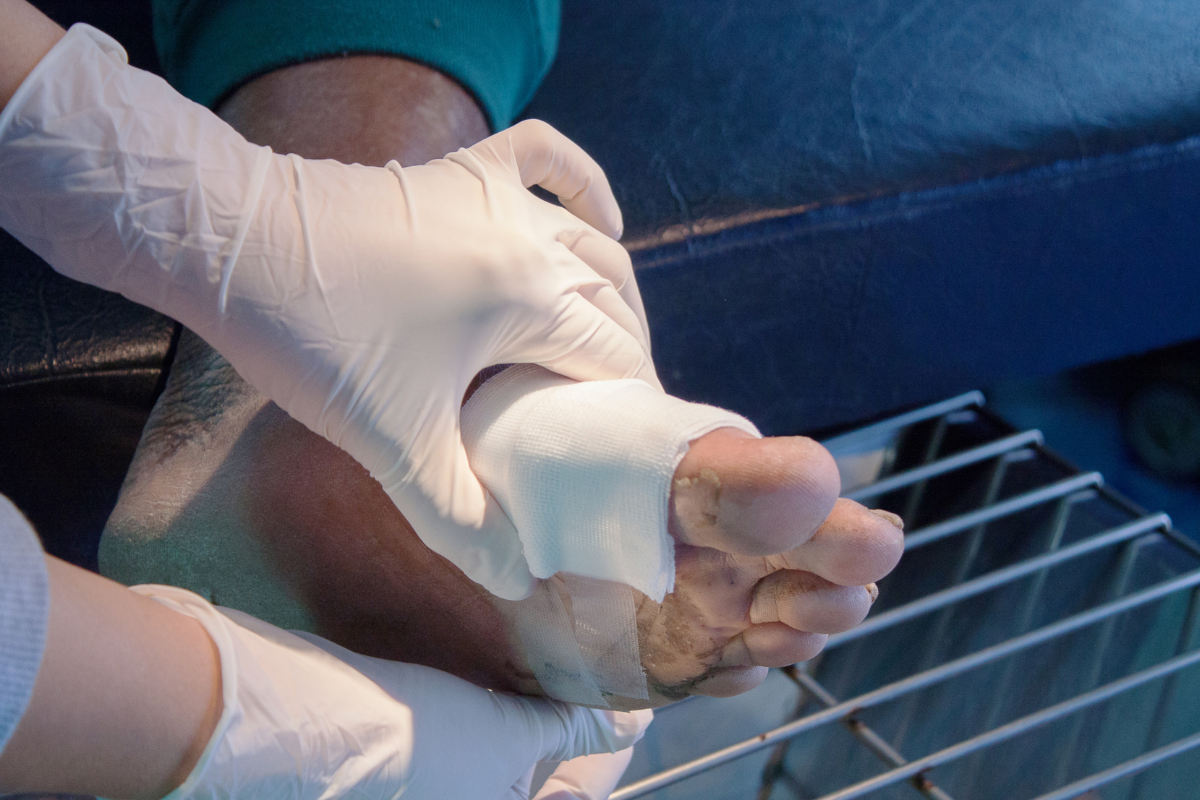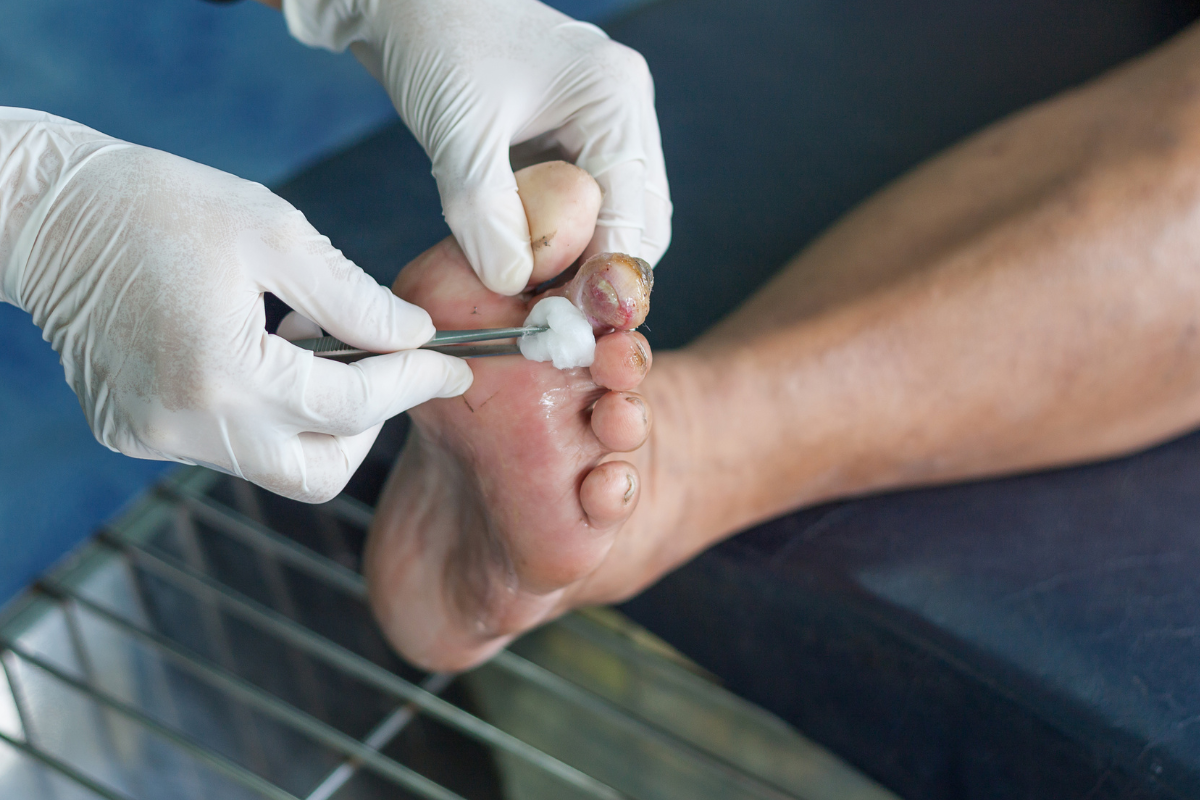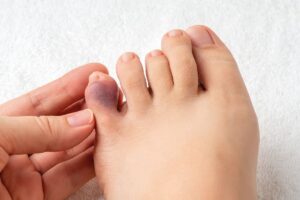Individuals who lead an active lifestyle can get scratches and minor cuts from the activities they perform and undertake. For normal people, these wounds can easily heal over time. However, this is not the case for people who are living with diabetes.
Individuals who are living with the disease make it much harder to deal with wounds and scratches, especially when it can grow into an infection or complications. If you or a loved one is dealing with this condition, learning how to properly address wounds is essential to help ensure a safe and healthy quality of life.
Why Diabetic Wounds Have a Harder Time Healing
People with diabetes usually have wounds that heal much slower compared to other people. At times, these wounds may not even heal well or at all. These wounds can be exacerbated by infections. This is due to the high or imbalanced glucose levels within the body, commonly associated with diabetes.
Those who have high blood sugar levels can lead the body to encounter poor blood circulation, making it more difficult to heal the affected parts of the body, as well as the white blood cells and their ability to heal and ward off infections.
This condition can also impact the nerves, otherwise called diabetic neuropathy, leaving individuals with diabetes to have a loss of feeling in their hands, legs, and feet.
While people can develop wounds anywhere on their bodies, diabetics are prone to getting wounds and sore on their knees, legs, and feet through foot ulcers. If untreated, these can lead to amputation.
Proper Measures for Diabetes Wound Care

- Wash the Wound Every Single Day
Keeping the wound clean at all times is imperative, particularly to help ward off infections and to prevent them from further causing damage. Since wounds can remain open and take time to heal, these should be washed every day to keep them clean using soap and water. Drying the area out, especially when it concerns the foot, is likewise important to keep bacteria from developing.
Treating it with an antiseptic solution or antibiotic ointment, as well as wrapping it with a clean bandage daily, also aids in preventing infection.
- Inspect the Wound Daily
Besides keeping the wound clean, diabetics are always advised to check up on their wounds. This is to identify signs of infection or other complications that may develop. Signs such as redness, inflammation, warmth, and drainage may lead to infection.
- Avoid Adding Pressure to the Wound
This particular advice can be quite difficult for people on the go. Those who are dealing with foot wounds, however, should take heed so that their wound can heal faster.
Besides this, walking barefoot is also a big no-no. This not only increases pressure but also makes you prone to injury and more wounds.
- Seek Professional Treatment
Diabetics who are dealing with wounds may have a hard time at first. By seeking the help of a reliable foot doctor or a podiatrist, they can check for wounds and the proper treatment plan, especially in more advanced cases.
These professionals can also give specialized pads to ease the wounds and the pressure, especially on the feet.
The Bottom Line
Taking care of your wounds as a diabetic requires more care than usual. If you want it to heal the best way possible, make sure to get in touch with a podiatrist to let you in on how to heal even the most stubborn wounds.





